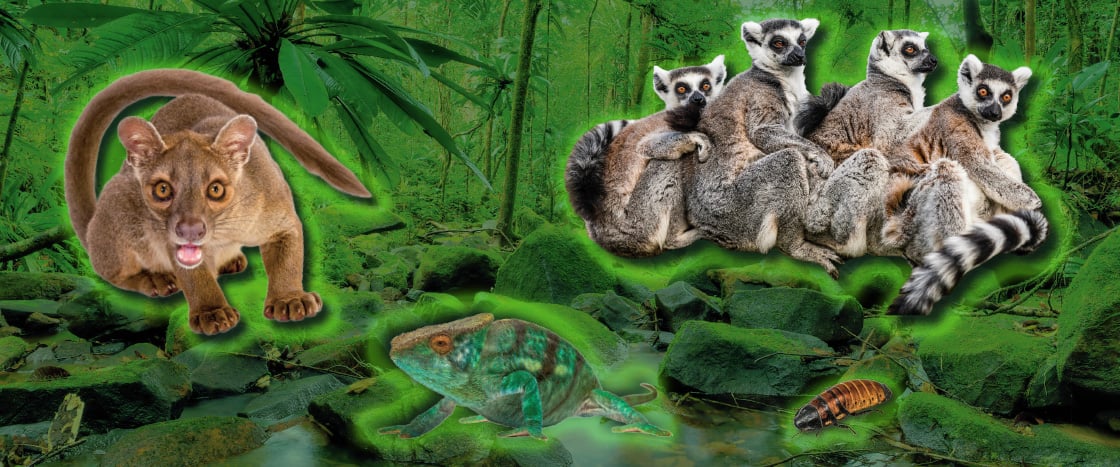Lush rainforests. Vibrant coral reefs. Amazing animals. Madagascar has it all! Located just off the east coast of Africa, this Texas-sized island is one of the world’s largest. What would it be like to travel there?
Lush rainforests. Vibrant coral reefs. Amazing animals. Madagascar has it all! Located just off the east coast of Africa, this Texas-sized island is one of the world’s largest. What would it be like to travel there?

